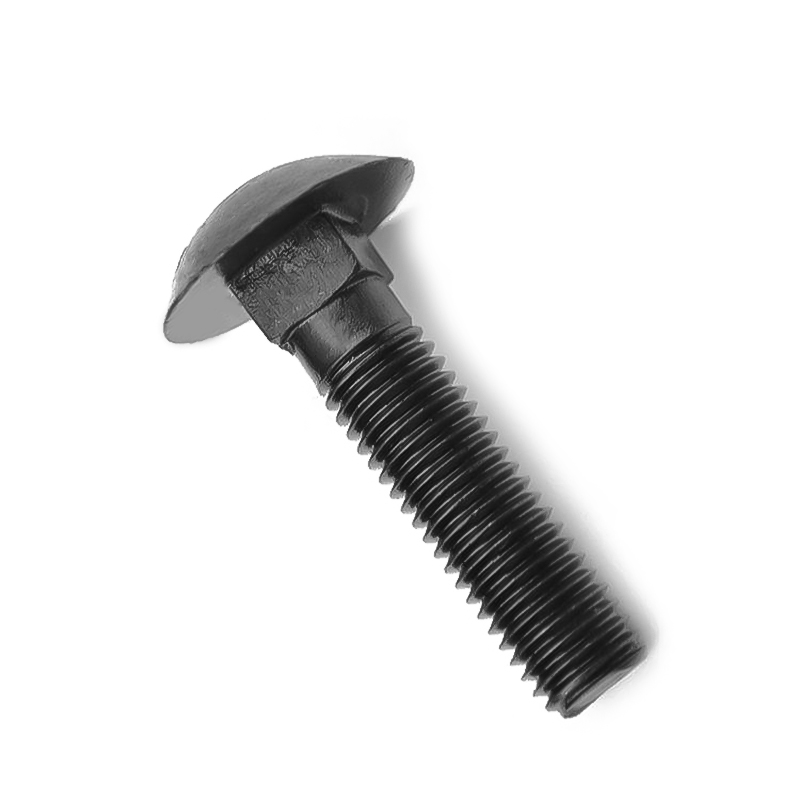The standards for high-strength bolts play a crucial role in the production, sale, and use of these bolts, making it extremely important for us to understand their requirements. In the following article, we will introduce some of the key aspects of high-strength bolt standards for reference.
1. Friction-Type High-Strength Bolts
According to domestic standards, when installing friction-type high-strength bolts, a pre-tension force (P) needs to be applied. The formula is:
P = 0.9 * 0.9 * 0.9 * fu * Ae / 1.2
This means that during installation, the pre-tension force must be calculated based on this formula and applied correctly. Ensuring the proper application of pre-tension is a critical step in guaranteeing the quality of bolt connections.
2. Bearing-Type High-Strength Bolts
For bearing-type high-strength bolts, the design tensile strength is also determined by **0.8P**, according to national standards. However, when sliding occurs at the contact surface, the stress state is similar to that of ordinary bolts, and the bearing capacity is based on the strength of the bolt itself. Bearing-type high-strength bolts reach their load-carrying limit when shear forces exceed friction forces, resulting in either shear failure of the bolt or compressive failure of the hole wall. While the shear deformation of bearing-type bolts is greater than that of friction-type bolts, their bearing capacity is higher.
3. International Standards Requirements
According to DIN standards, friction-type high-strength bolts are not permitted in seismic zones. Instead, the design is based solely on the strength of the bolts themselves, with adjustments made using material-specific coefficients and safety factors. These requirements are more stringent than those in domestic standards.

4. Acceptance Standards
The acceptance standards for hexagonal high-strength bolts are outlined in **GB50205**. These standards require that large hexagonal high-strength bolt connections undergo torque coefficient re-testing, while shear-type high-strength bolt connections require re-testing of the pre-tension force. Only after passing these tests can they be used. The re-test sample size is one set of bolts for every 3,000 sets, with eight sets sampled per batch. For high-strength bolt connections of the same strength grade and diameter, but different bolt lengths, if they cannot be confirmed to be from the same batch, they are considered different specifications and should be tested separately.
GB/T3632-2008** for shear-type high-strength bolts and GB131-2006 for large hexagonal high-strength bolts stipulate that for bolts of the same batch:
- When the bolt length is ≤100mm, the length difference should be ≤15mm.
- When the bolt length is ≥100mm, the length difference should be ≤20mm.
These bolts can be considered the same length if they meet these criteria.
High-strength bolt standards play a vital role in the production, sale, and use of these bolts. For friction-type high-strength bolts, pre-tension force must be applied in accordance with the standards to ensure the quality of bolt connections. Bearing-type high-strength bolts, although exhibiting greater shear deformation, have a higher bearing capacity than friction-type bolts. International standards impose stricter requirements on high-strength bolts. During the acceptance process, large hexagonal high-strength bolt connections must undergo torque coefficient re-testing, while shear-type high-strength bolt connections must be re-tested for pre-tension force, with only the qualified bolts being approved for use.


 English
English 中文简体
中文简体 Español
Español русский
русский عربى
عربى







